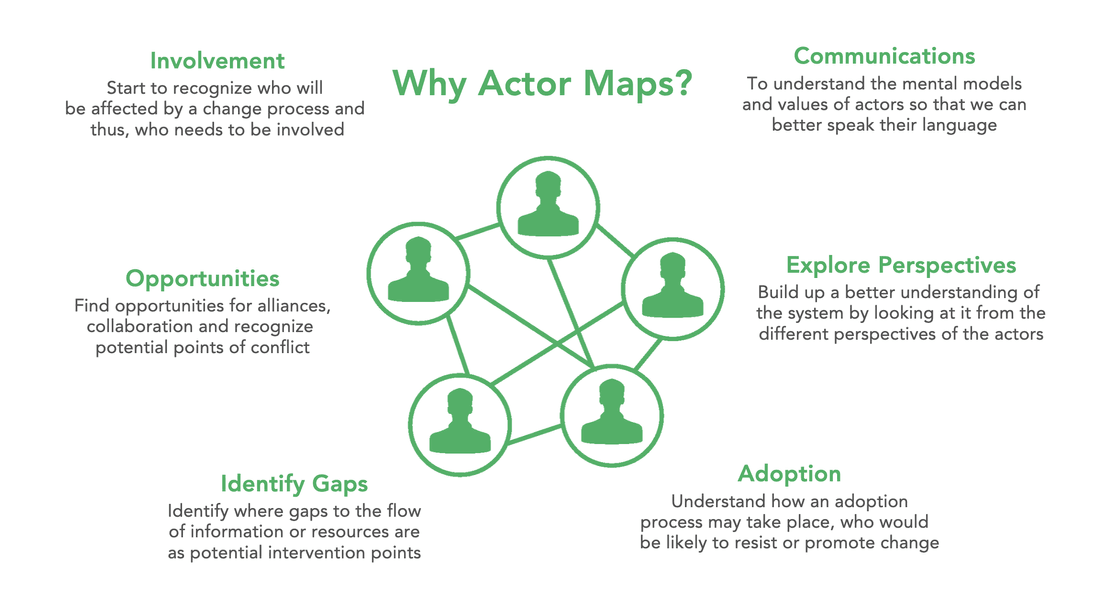Systems thinking and change
Just a moment...
thesystemsthinker.comDesign, Missions and Experiencing Systems: Using Service Design to Co-ordinate and Align Activities and Resources to Deliver Missions - Livework
Noortje Küppersliveworkstudio.com
People care deeply about parameters and fight fierce battles over them. But they RARELY CHANGE BEHAVIOR. If the system is chronically stagnant, parameter changes rarely kick-start it. If it’s wildly variable, they don’t usually stabilize it. If it’s growing out of control, they don’t brake it.
donellameadows.org • Leverage Points: Places to Intervene in a System

It is firstly important to know that leverage points are counter-intuitive.
Not specified in the provided text. • Si Guide Series
Celebrating systems thinking through student projects
blog.kumu.io
Buenos ejemplos de mapas


